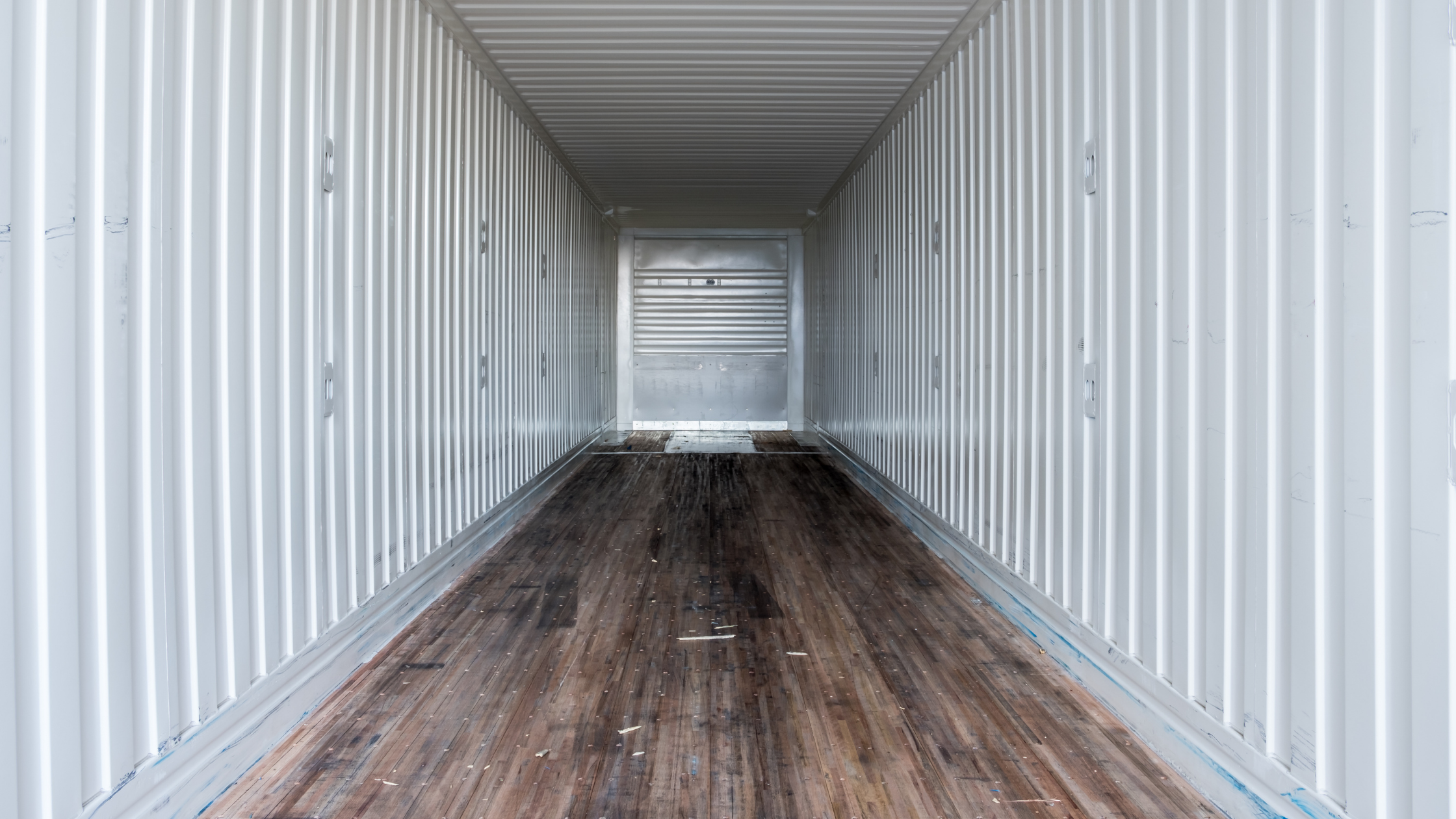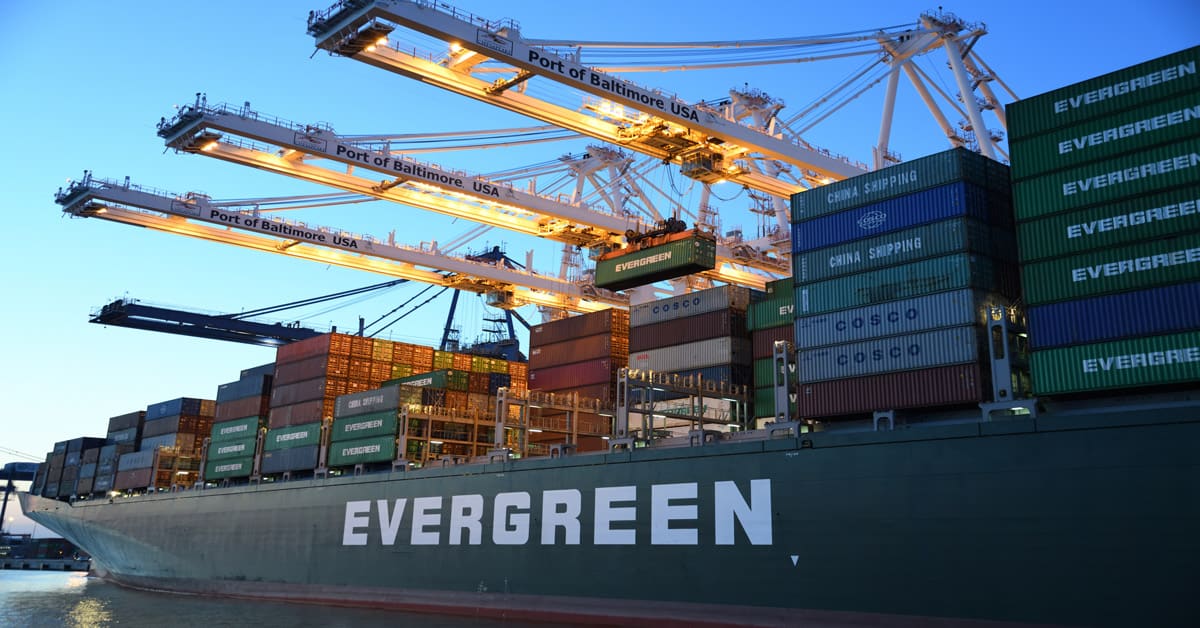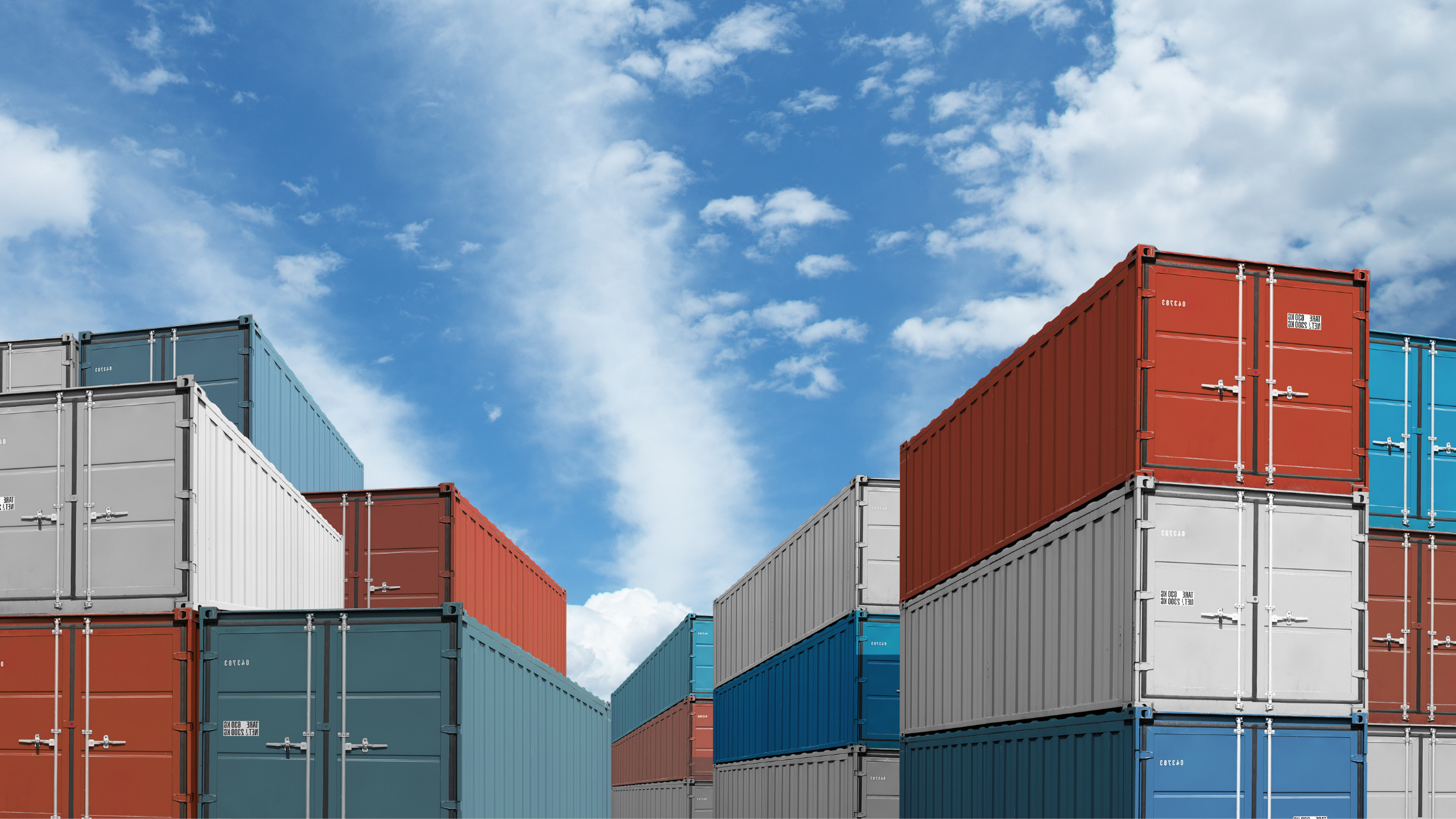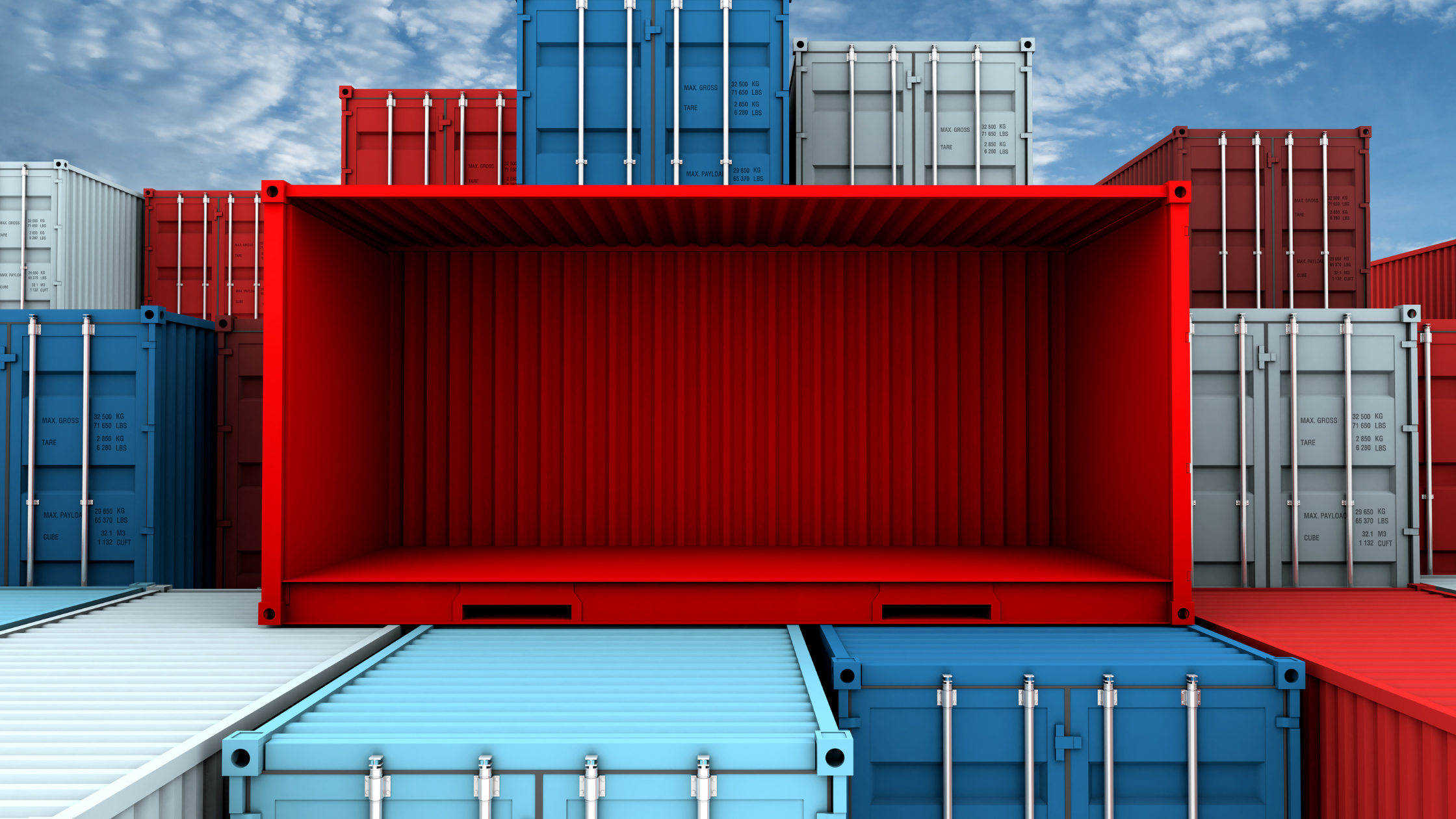
Ever Consider Creating a Shipping Container Gym? Here’s Why You Should
Here’s the usual story for people who decide it’s time to get fit: get a gym membership, drive out to the gym a couple of times, and never go again (but keep on paying those monthly membership fees just in case). That’s not the success story you want when you’re ready to get ripped or improve your level of fitness. But what if you changed the narrative? What if you could go to a totally new kind of gym? Now you can. It’s called a shipping container gym and it could literally live in your backyard. From F45ers to yoga enthusiasts, this idea is catching on. Maybe you’re an entrepreneurially-minded fitness buff who doesn’t have the cash for a traditional gym franchise. Or perhaps you’ve gotten accustomed to home workouts during the pandemic. If you’ve never considered creating a shipping container gym, now may be the time. Below, we examine six benefits of storage container gyms. If you’re ready to take the next step, reach out to the container experts at Rent-A-Container for help finding the perfect option for your own shipping container home gym. 6 Benefits of Shipping Container Gyms Whether you’re looking for a CrossFit container box or a multi-unit commercial shipping container gym to bring in monthly revenue, you’re going to feel the benefits of going modular faster than you feel the burn on a stationary bike. Here are six benefits of shipping container gyms: Compact No membership fees Personalized to your needs Private Portable Commercial container gym possibilities Let’s look at each benefit in more detail. 1. Container Gyms Are Compact You don’t need a lot of space to create a shipping container home gym that meets all of your needs. Standard shipping containers are typically 20 or 40 feet long, but they can be cut down to size to fit any space you have. You can even add a little extra head room if you go with a high cube container, which (as you probably guessed) has a higher ceiling. In the compact space of a storage container, you can still fit a lot. In the roughly 150 square feet a 20-foot container offers, you can fit nearly all the gym equipment you need to stay fit, as well as an air conditioner, door, windows, TV and anything else you’d like in your gym. 2. Shipping Container Home Gym: No Membership Required Americans pay $1.13 billion every year for gym memberships they don’t use. Don’t be a statistic. With a shipping container gym in your backyard, it’s much harder to say no to a workout. And when you do say no, you aren’t wasting money on a gym membership you’re not using. The initial cost of a storage container gym is higher than a monthly membership, but with increased use and durable, long-lasting materials, a container gym may be a wise move for both your wallet and your health. 3. Your Dream CrossFit Container Box Containers are customizable. That means you can make your container gym into anything you want it to be. If you lift, add a squat rack. If you run, add a treadmill. It’s yours — make it what you want. And if you’re coming up with your own CrossFit regimen or wanting to become a CrossFit affiliate, a container gym may offer a low-cost, eye-catching solution. 4. Your Storage Container Gym Is Private Not everyone likes showing off their mirror muscles and toned tummies. For some, privacy is a key component of gym motivation. With your own shipping container home gym, you get complete privacy. You can add windows to shipping containers you purchase, but they’re totally optional. And whether you share your new gym with anyone else is up to you. It’s as personal as you want it to be. 5. A Portable Shipping Container Gym That’s Perfect for You Shipping containers are designed to be portable. Before they move on to exciting careers as container offices or gyms, they live a life at sea aboard massive ocean freighters. Their lives of transporting goods are over by the time they reach you, but they’re still highly portable. That’s good news if you plan to invest in a container gym for your home. Put it in your backyard or wherever you like, and if you move, you can move it with you via a flatbed truck. Simple. 6. Container Gyms Can Go Commercial Maybe you’re not as interested in a home container gym as you are in becoming a gym owner. A commercial shipping container gym may be your answer. Forgetting the low costs and endless customization options of containers for a moment, just consider how easy shipping containers are to stack. You can stack them high and easily connect one container to another to create your ultimate commercial container gym. Looking to discover other ways containers can be transformed for your benefit? Learn more about the evolution of shipping container pools. Find the Perfect Shipping Container for Your Container Gym Whether you’re sold on storage container gyms or still need a little convincing, you can explore your options by contacting the shipping container gym experts at Rent-A-Container. Our friendly and helpful team is ready to help you find the perfect shipping container to turn into your dream gym. To speak with a member of our team, give us a call at (800) 880-7061. You can also contact us online. Shop Rent-A-Container!





